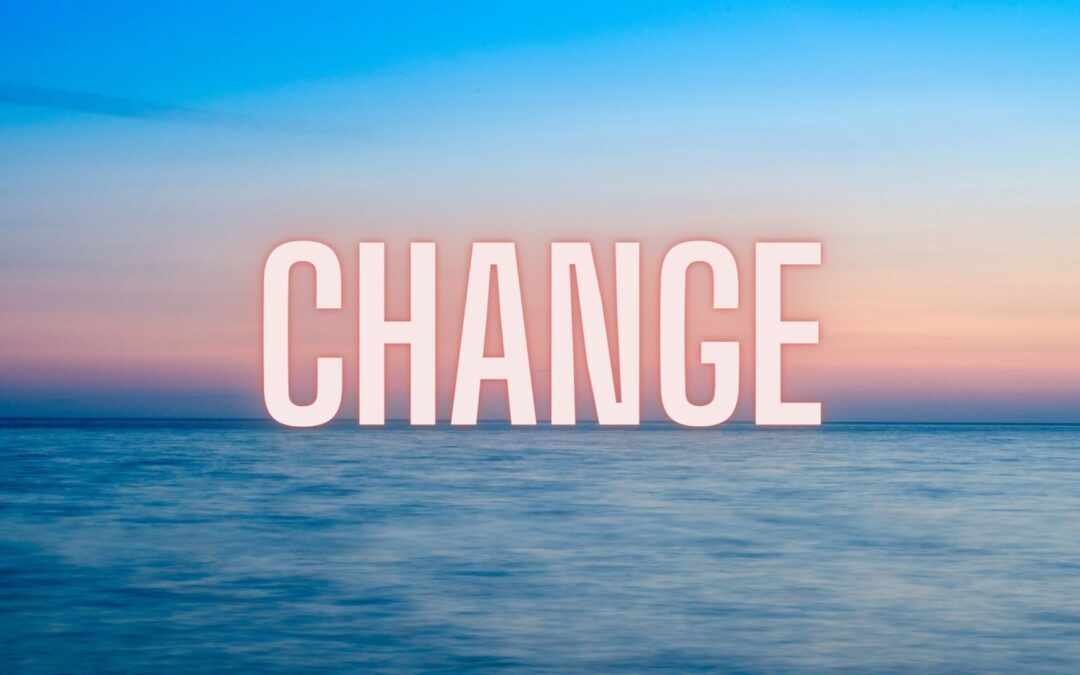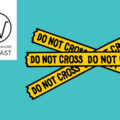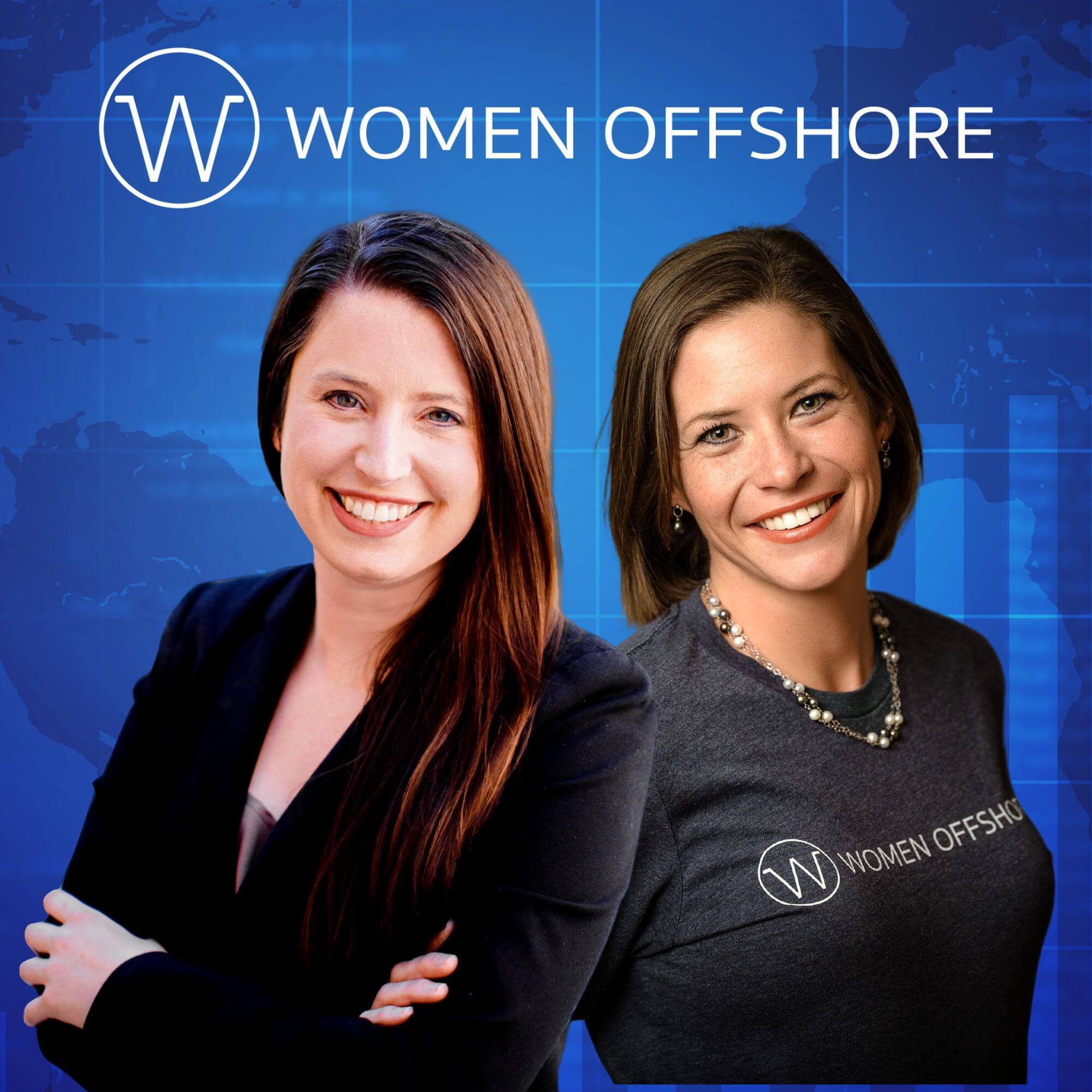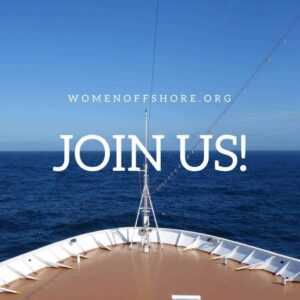Content Warning: sexual assault, sexual harassment, rape
In the wake of reports of sexual assault and rape in the maritime industry, particularly the account of Midshipman X, maritime leadership, academic leaders, and government officials are rightfully asking what they should do to shift the tides of culture within their organizations and institutions. The jarring account of one individual brought on a crashing wave of shared experiences and accounts spanning the spectrum of trauma, much of it previously held tightly private due to the fear of retribution or feelings of shame that all too often accompany such experiences.
Here at Women Offshore, we have been overwhelmed by the response. We’ve had survivors reaching out to us to share their stories, institutions reaching out to us to seek advice, and concerned individuals in positions of power who want to know what they should do.
And fundamentally, as a grassroots 501(c)3 organization comprised of volunteers from these very industries, we can offer our insights from a place of lived experience, and we can share what we’ve gleaned from the thriving community that we’ve built. We are not experts in sexual assault, though many of us have experienced it first hand. We are not executives of large companies who are tasked with, and compensated for, steering strategy and culture. And we are not consultants who provide expert services in exchange for fees. We are humans working for change alongside careers and families, motivated by our belief in the mission of Women Offshore and a desire to serve our community of women on the water. We want the voices of marginalized groups to be sought out and heard, and we recognize that in times of reckoning, it can be tempting to turn to the affected groups to carry out the labor, emotional and otherwise, in order to solve deep seated issues of culture and accountability. We ask you to resist that urge. We desire sustainable change, and we need the commitment of management, decision makers, and onboard leadership to make it happen.
With the existing bandwidth that we have, we are prioritizing the wellbeing of our community and working to maximize access to the resources we can make available through our platforms. We can share our insights. You can elevate and amplify our voices. Ultimately, the responsibility for change falls to those who hold institutional power and create advocacy for women at sea.
So, if you are in a position of power within a company, within academia, or within government, we invite you to start here. Do the homework and the introspection that will enable you to have a much more robust, in-depth and productive conversation about what you are going to do to ensure change.
Note: we are providing our own personal insights based on our lived experiences and generalized feedback from our community, though we cannot speak on behalf of individuals or groups. This list does not constitute professional advice or guidance and is by no means exhaustive.
Some considerations to begin with:
- Take a hard look at any previous internal efforts to tackle this issue and have an honest evaluation of where they were successful and where they fell short. Use “Root Cause Failure Analysis” techniques and Human Factors considerations to understand where your programs and systems have gone wrong. Do not stop at the first cause or the first person to blame. The presenting failure is rarely the root cause. Keep asking “Why?” until you’ve exhausted the question. If you’re struggling with where to begin, consider starting with the existing programs related to training and educating the workforce on sexual assault and sexual harassment, (SASH).
- Beware the “all green dashboard.” If you’re not hearing about any reports of harassment or assault, it’s likely worth investigating whether your reporting mechanisms are robust, trusted and effective. Understand perceived barriers to reporting or fears about retribution. Provide truly anonymous means of giving feedback on the systems themselves.
- Be conscious that just because your individual experiences indicate that SASH is not a problem on your vessel or in your company does not mean it is not happening. It may be hidden. It may be limited to a microculture within a specific team, or crew or shift. Remember that these microcultures are fluid and can shift depending on who is on board on any given day.
- Familiarize yourself with the existing resources that are freely available through organizations like Women Offshore, such as our podcast series on sexual assault and sexual harassment. These are the lived experiences that individuals have made available through vulnerability and courage, and with agency and empowerment.
- Consider encouraging participation in external mentorship programs such as Women Offshore’s MentorSHIP, which is free to mentees and mentors. Providing individuals with an objective, external, trusted relationship can help them feel supported and give them an experienced perspective without the perceived risk of a reporting line.
- Remember it’s not just cadets and it’s not just women, it’s your entire workforce that can be subject to sexual harassment and assault throughout their careers and the underlying causes are present in every facet of society.
- Avoid knee-jerk reactions and large scale swift change if you have not yet understood the potential unintended consequences on your workforce. What can feel like a protective measure to those in leadership can be received as a paternalistic limiting of opportunity to those that it’s intended to help, (for example: restricting the access of women to offshore environments).
- Recognize that swift punitive measures, while sometimes called for, can also have a chilling effect that isolates women or sends an unspoken message that the inclusion of women offshore results in increased risk for men. When women are excluded from one-on-one mentoring, or from team socialization or from informal networking, we are moving further from our goal of gender equity. This chilling effect can be mitigated by clear expectations of what is and is not acceptable, along with transparency wherever feasible around repercussions. Anonymized case studies are another way to provide clarity around what types of behaviors are subject to consequences.
- Ensure that your efforts are proactive rather than reactive, and focused on prevention as well as response and reporting. You should be measuring a mixture of both leading and lagging indicators to test the health of your culture, your reporting systems and your overall performance in creating a safe and inclusive work environment.
- As you take on the work of creating change, be careful about asking the people being affected to lead the effort. All too often, the very groups who are being marginalized or impacted are the ones that are expected to step up to the plate and lead the focus groups, the task forces and the business resource groups. Chances are, those individuals already have full time jobs that are unrelated to this effort. While it is critical to ensure that their voices are heard, be careful not to expect additional uncompensated emotional and intellectual labor. Understand that they may already face a power deficit and will be limited in how much change they can drive from the bottom up. Also, recognize the potential that their participation in “side projects” not tied to their teams’ core function may be seen by their peers or manager as a distraction. These are the very individuals most likely to be facing an uphill battle of bias and proving themselves. Be careful in adding to their burden.
- Put your company’s voice behind industry regulations that can make a broad impact, such as rigorous license review processes and mandatory training for Medical PIC (person in charge) so that they understand how to respond to a disclosure of assault.
- It can be tempting to try to maximize representation across as many vessels and teams as possible by spreading out under-represented groups. Consider, instead, grouping individuals together to create critical mass. When there is diversity amongst a demographic, then it is less likely they will be tokenized or treated as a monolith. It is also less likely they will be severely isolated. If you don’t have sufficient demographic representation to do this, then it’s important to understand why that is.
- If your existing corporate materials include advice targeted toward women regarding how to avoid being assaulted, please consider changing them. Not only does this narrative exclude the experiences of male and nonbinary victims, it also sends a message to the workforce that the onus is on the victim rather than the perpetrator. The message to existing victims is that they could have changed their circumstances if they’d done something differently. Fundamentally, the issues of sexual assault and sexual harassment need to be stopped at the source. The policing of women’s behavior has not and will not stop assault from occurring. It simply adds unnecessary and unproductive shame and stigma to victims regardless of their gender.
- Lastly, and importantly, please be conscious when discussing SASH that there are likely individuals in your audience that have experienced assault. Provide sufficient warning and ask for consent before engaging in discussions that can be retraumatizing. People who have experienced assault come in all ages, genders and backgrounds, so it’s best to assume that your audience may include individuals that have personal experience with the content.
We’d invite you to use this list as a jumping-off point. Consider hiring a specialized consultant to help chart your path to change. Amplify the marginalized voices and earn their trust by acting on them and empower women offshore.
Note: Women Offshore Foundation is a 501(c)3 nonprofit private foundation, which began as a grassroots online community providing resources directly to women working on the water. Our mission is to propel women into meaningful careers through access to a worldwide community and professional development resources, while raising awareness amongst industry leaders and decision makers about issues affecting women on the water. Our vision is a maritime community in which all individuals, regardless of gender, are empowered to pursue their career ambitions. Unlike a 501(c)6 nonprofit, which promotes and furthers the interests of an industry, a 501(c)3 is a charitable organization focused on the public good.







Recent Comments